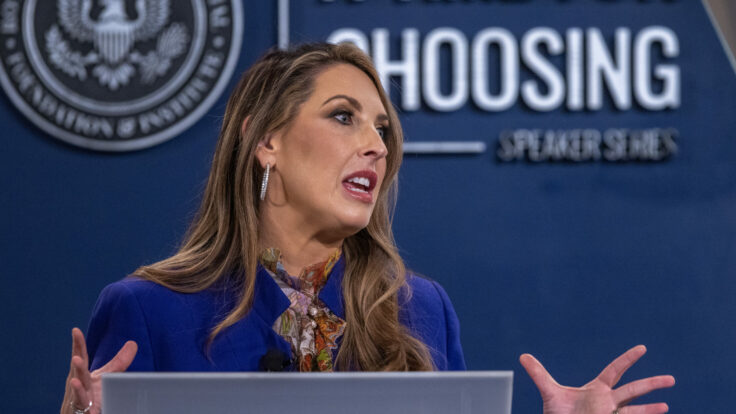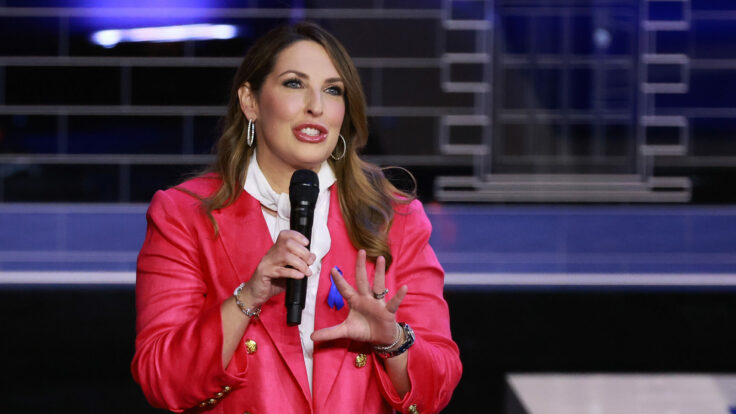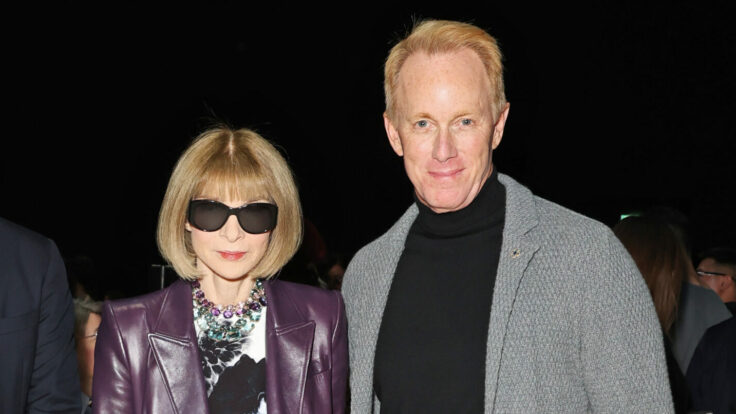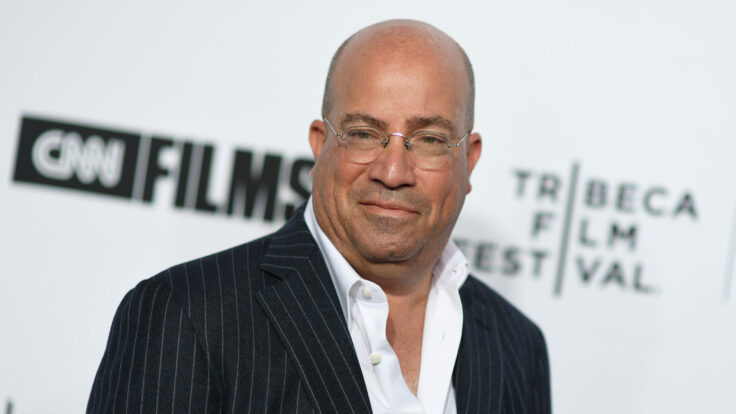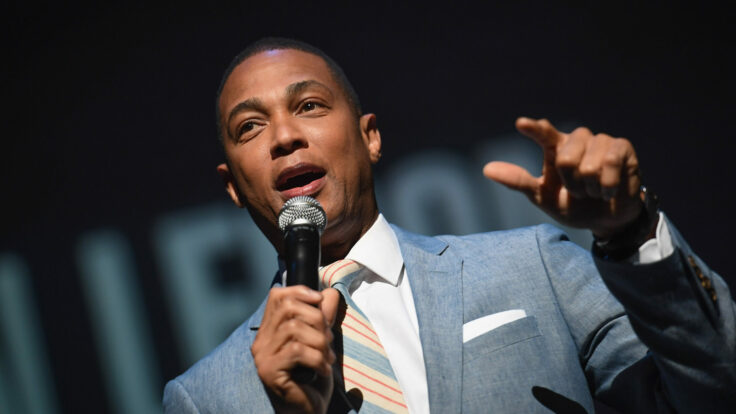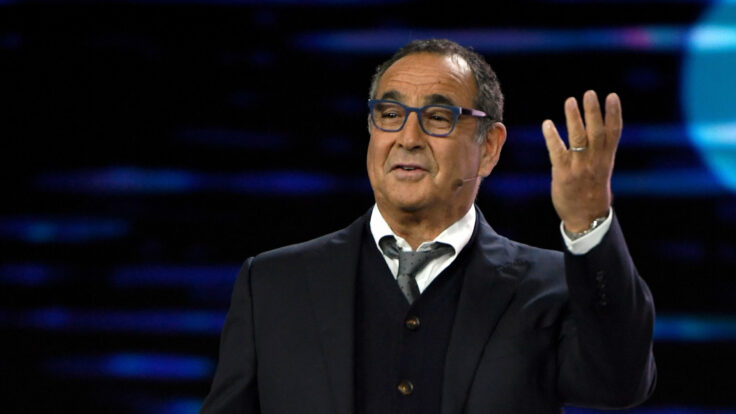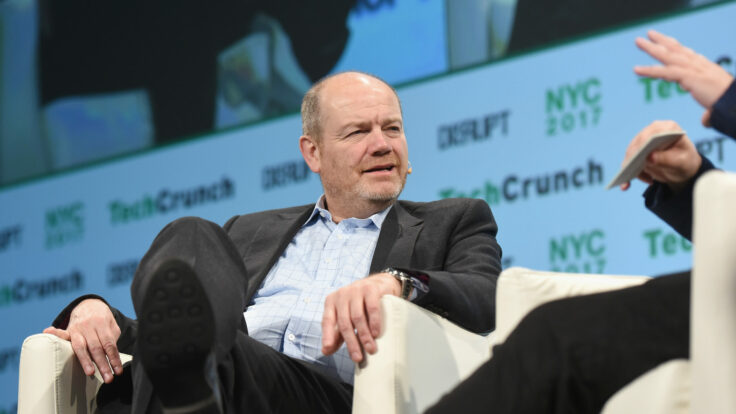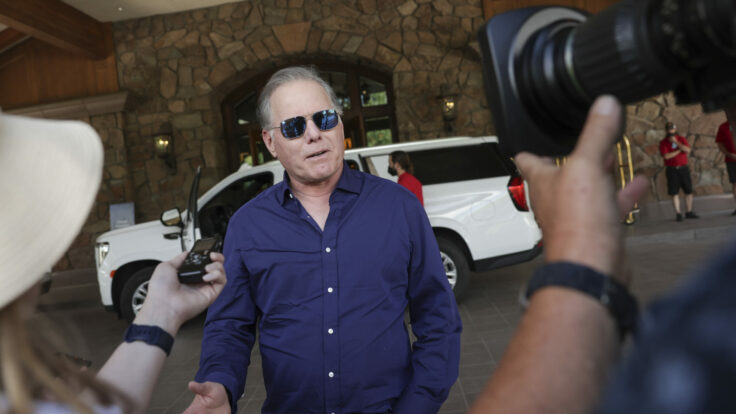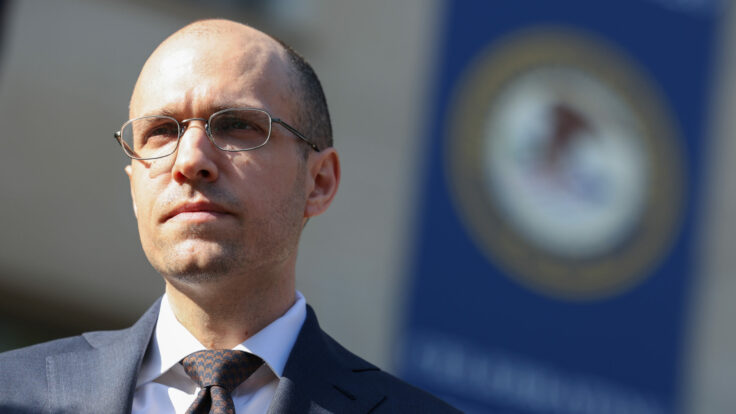For two weeks, we’ve been paying a lot of attention to Elon Musk’s intentions toward Twitter, including his announcement today that he has the $46.5 billion in financing to take it private. But I’m not here to write about Elon so much as I am to write about Twitter. Why is Twitter, which came to prominence for helping to catalyze the Arab Spring and then largely shirked all responsibility for platforming the uncontained id of Donald Trump, being trolled by a bored mega-billionaire? It didn’t have to go this way. But the story of how Twitter lost its way is as much about changes in our culture as it is about a lack of changes in the business.
First, remember that for the majority of its life, Twitter has been text-only. And for the earliest part of its life, that was a good thing. I first got online around 1993 through dial-up bulletin board systems. Text was exciting. Graphics as they existed back then took minutes to load, and we leaned on text to communicate, and then leaned on our imaginations to fill in the blanks. When Twitter launched, in 2006, it leaned into this reality. It’s one of the reasons I began using the platform soon thereafter.








